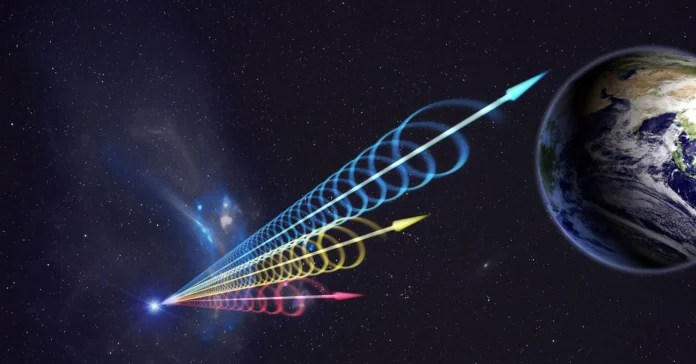Astronomers were stunned when they discovered a powerful radio signal, which was initially accepted for a signal from a deep space, but later it turned out that its source became the old Nasa Relay 2 satellite, which has not worked since 1967.
On June 13, 2024, the Australian radio telescope of the ASKAP recorded an unusual radio emitting pulse of less than 30 nanosconds. At first, scientists have suggested that the signal is coming out of a distant galaxy, because they were looking for new fast radiobacles - mysterious short pulses of radio waves from distant space objects. However, later analysis showed that the signal comes from the Earth's orbit from an approximate distance of 20,000 km. Relay 2, launched in 1964 and not working since 1967, was a place of origin. This unit, along with Relay 1, which was the first to broadcast television signals between the US and other countries, is now considered space debris. Relay 2 itself did not have the technical ability to transmit radios after a long downtime. Scientists suggest that a powerful signal arose not due to the restoration of the satellite, but as a result of an external event. The most likely scenarios are an electrostatic discharge that occurred due to the accumulation of electricity on the surface of the apparatus, or a collision with a small meteorite, which caused a charged plasma. Both options could cause a short but very powerful impulse that the radio telescope was recorded.
This discovery is important for the study of electrostatic phenomena in orbit that can damage active satellites. Understanding the mechanisms of such digits will help improve the protection of spacecraft and prevent unpredictable failures.


